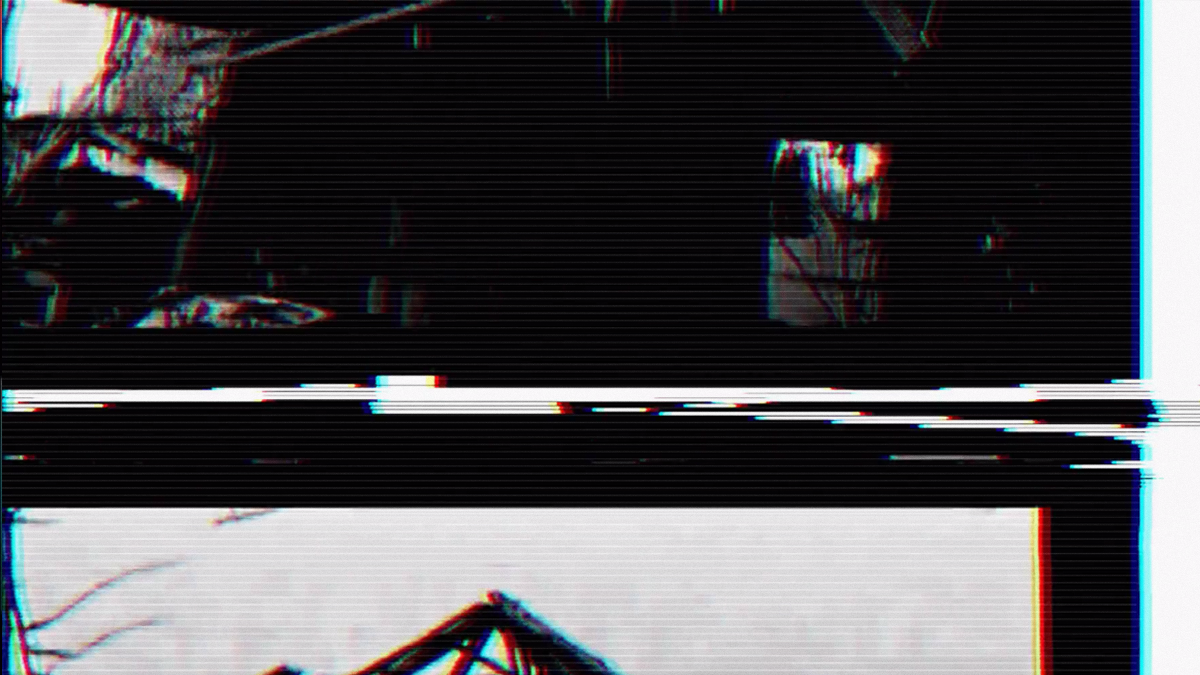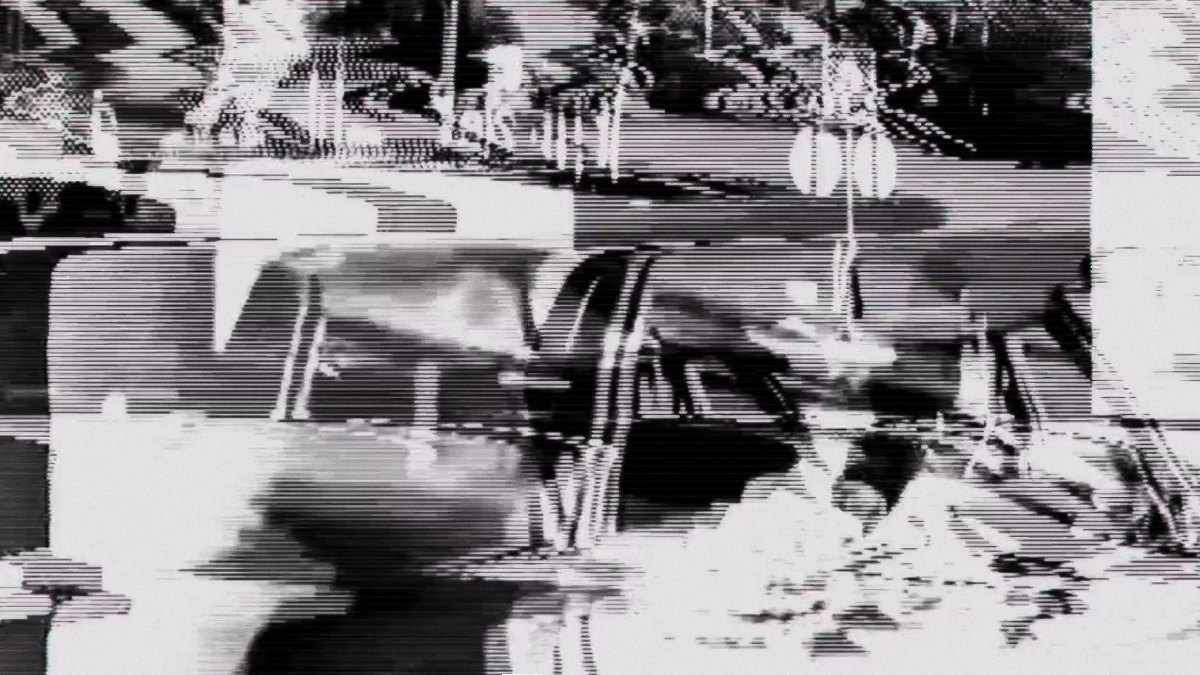Glitchduino is a shield for the Arduino Mega that enables controlling of circuitbent devices via MIDI.
Circuit bending is a process where contacts on the pcb of audio or video devices are connected, resulting in interesting effects. Usually, the contacts are isolated with switches and potentiometers to control the effects. However, this often results in quite unergonomic interfaces that usually do not fit into the original housing of the circuitbend device. Also the results are not really repeatable, there is no way to store the user's inputs. When using several devices, aquisition of nice switches and potentiometers gets a little pricey.
My approach to controlling circuitbend electronics is connecting a midi-compatible controller to the circuits using compact and cheap RCA plugs. I can use Ableton Live, any other DAW or MIDI controllers of my choice directly to operate the devices. The session can be recorded and repeated later in the studio. Interesting results can be stored in macros to be used live in a VJ session or live electronics set.

A signal from a semi-randomly selected solder point within the shown video text generator is led through the Glitchduino using RCA cables. The signal runs through a photoresistor with a high electrical resistance when it is not exposed to light. No effect is visible. If a certain MIDI signal is recieved by the Arduino, a LED under the resistor is switched on or dimmed accordingly. The electrical resistance is lowered and an effect on the video output gets visible.

Find more works on my vimeo page.



Diagram of my current video glitching setup and a photo showing how the RCA sockets are connected to the pcb of a glitched device. Following several stills of glitch videos I created using mostly Vivanco video enhancers and mixers created between 1985 and 1995, which I really like to use.











Things to improve:
The quite crude version of an optocoupler using photoresistors atop of smd leds was chosen because customary optocouplers with photoresistors instead of -transistors or -diodes have become very rare and are therefore very expensive. They are the only ones that would work though, at least in my experiments. The minimal resistance of this setup, with the LEDs fully turned on, is around 80 ohms, which is not as good as connecting bends using a switch with negligible resistance in some cases.
The diode/resistor pairs might be too close to each other in some cases, they might influence each other to a certain degree. I never observed a visible effect though, but added some black plastic pieces to shield the pairs from each other anyway.
Clear acrylic case will come soon.
Clear acrylic case will come soon.
I have published the project files and hope that someone might further improve the concept.
Thanks for watching!



